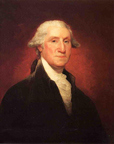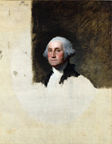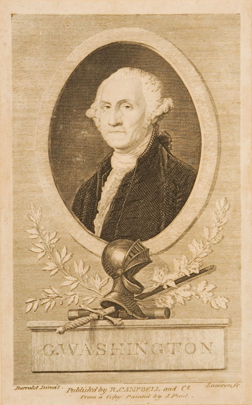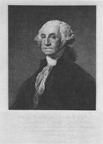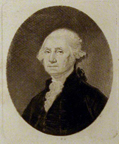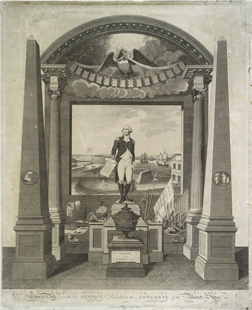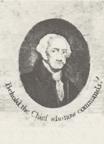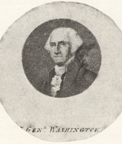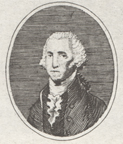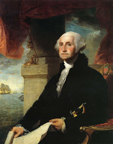- Home
- Browse
Imagining
George Washington
The Boglewood Catalog
of Images Published during his Life
Image Sources:
Gilbert Stuart
GILBERT
STUART (1755-1828) rose from humble beginnings as the son of a Boston snuff maker to become the leading painter in the young United States. His family later moved to Newport, Rhode Island, where Stuart received his first training in art from Cosmo Alexander, a Scots-born artist trained in Italy. Stuart accompanied Alexander to Scotland in 1772 but returned to Newport about 1774, shortly after Alexander's death. |
George III. Stuart studied with West for six years before opening his own portrait studio and becoming one of the highest paid artists in London. |
| Print based on Peale Type A | ||||
 Boglewood 2402 |
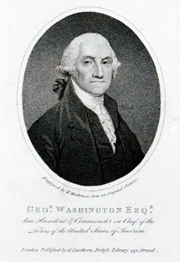 Boglewood 2403 |
|||
|
||||
| Prints based on Stuart Type C | ||||
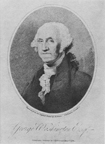 Boglewood 2601 |
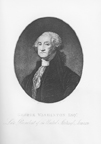 Boglewood 2604
Boglewood 2604 |
|||
© 2013-2023 Boglewood Company/C. I. G.
